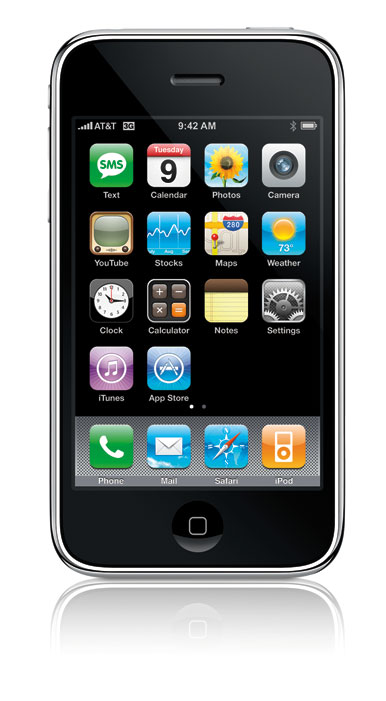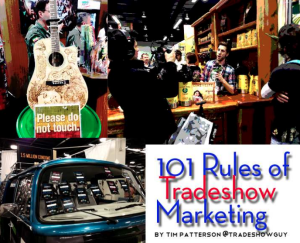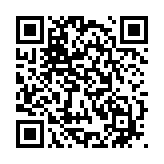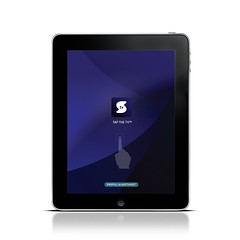Ways You Can Use QR Codes
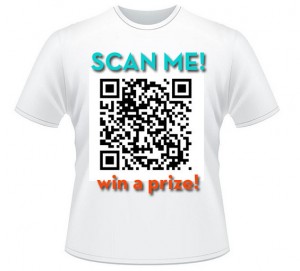
Even though QR Codes have been in existence since the mid-90s, they’re only now become hip. Fashionable. Tres chic. (whatever that means)…
And if you put your mind to it, you can come up with all sorts of ways you can use QR Codes.
First, review the blog post where you can find out all about QR Codes and how they work and how to create them.
Then listen to the podcast interview with Marie-Claire Andrews of ShowGizmo.com where she discusses ways to use QR Codes.
Then brainstorm a bit on how you might use a QR Code to assist your other marketing efforts. Here are some brain-starters…
- Tradeshow rugs or flooring: easy to put a graphic on a custom piece of flooring. Putting it on a rug will inspire people to pull out their smartphones and capture the QR Code to see where it leads.
- “The Mechanic” movie poster
- Business cards: have too much information to put on your business card, like Twitter/Facebook/LinkedIn/YouTube links, and more…? Create a web page on your blog or website that has all of that, along with a bio, photo, or whatever else you deem appropriate.
- Cupcakes!
- Storefronts: mention a freebie if you scan the QR Code.
- Best Buy label
- T-shirts: I saw a QR Code t-shirt for sale online (just search any t-shirt site); upload your QR Code, include an invitation such as “Scan me to win!” and wear it proudly while people stop to scan you!
- “Like” us on Facebook
- Marketing materials: Of course you can insert a QR Code in virtually any piece of marketing. The trick is to offer an incentive to scan: free download, limited-time product discount, exclusive offer, etc.
- At a tradeshow: link the QR code to a ‘secret’ site where visitors can find such things as streaming video of the show, a virtual tradeshow website, special offers, photos, and more.
- A few more ideas: business advertising, clues for a treasure hunt, an artist manifesto, link to a non-profit’s donation page, and a bunch more on this cool collection of QR Code ideas.
If you search for QR Codes on Google, there are just a million+ results. I would bet that in another year there will be five times as many. QR codes are exploding. The more companies that get involved will spur even more companies to get involved. It’s like a snowball rolling down hill. Or like global warming. Except for the snowball thing.

